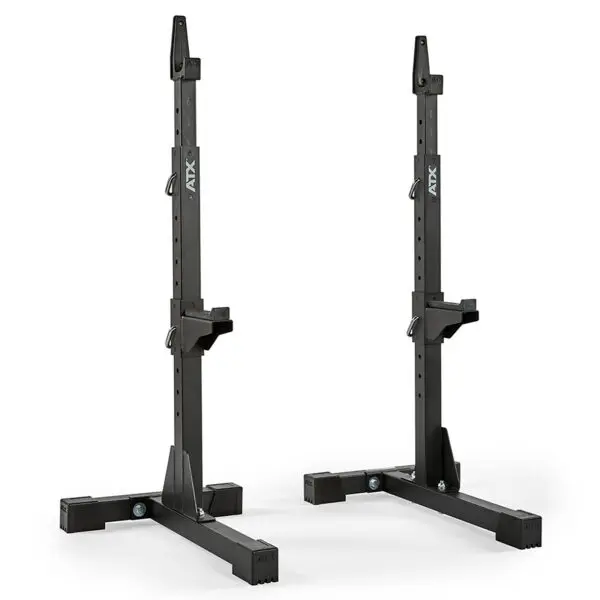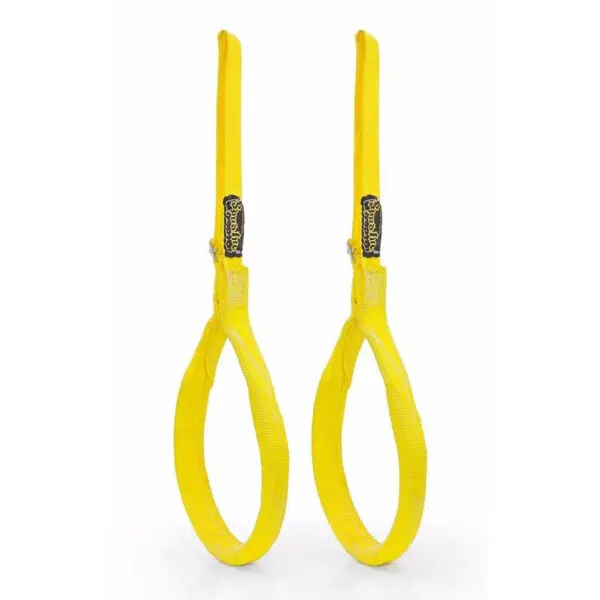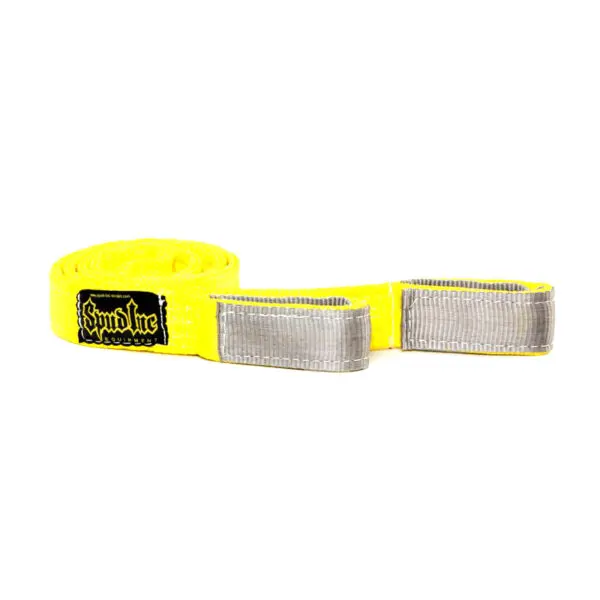
 CORE Muscles – Build and Strengthen Exercises
CORE Muscles – Build and Strengthen Exercises
Engage Your Abdominals For Stability
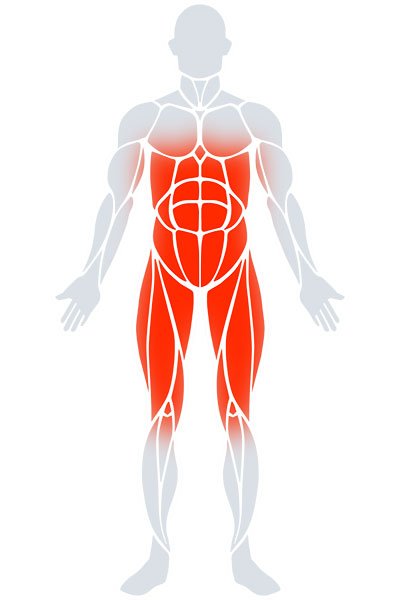
Best equipments for Core
-
ATX® Squat Stands 510
$395.00Read more -

Perfect AB Pad
$22.00Add to cart -
Spud Inc Zercher Straps
$155.00Select options This product has multiple variants. The options may be chosen on the product page -
Spud Monster Multi Strap
$125.00Select options This product has multiple variants. The options may be chosen on the product page
Core
Frequently Asked Questions

 What’s so important about the core?
What’s so important about the core?
Have you ever heard the saying, “you can’t fire a cannon from a canoe”? No matter what type of workout you’re into, without a strong core, you won’t get the results you are looking for.
Your core acts as the base or foundation of your body. You depend on it to perform just about every activity, such as sitting, standing, bending over to tie shoelaces, carrying groceries, lifting your kids, and crushing it at the gym. Without a strong core, doing these simple, daily tasks will be difficult.
The core is divided into the inner and outer parts. The inner core includes the pelvic floor muscles, diaphragm and traverse abdominis and multifidus. The outer core, on the other hand, includes your outer and inner obliques, rectus abdominis, latissimus dorsi, glutes and erector spinae. Together, your inner and outer core muscles help stabilise your spine and support your torso while you perform different movements.
A strong core also improves your balance and posture, and strengthens your back muscles. If you are constantly losing your balance, slouching and experiencing lower back pain, there’s a big chance that your core needs some serious work.
Remember, bad things happen to buildings without a solid foundation. The same applies to you.

 How do I know my core strength level?
How do I know my core strength level?
Before you start doing a core workout routine, you need to figure out exactly where you are on the core-strength scale. That’s what the Plank Test is for.
The Plank Test will check your core strength with one simple exercise. Lay on the floor face-down, place your elbows directly below your shoulders, draw in your belly, and raise yourself off the floor. Clench your butt cheeks and keep breathing normally. Your feet should be in a vertical position, your toes touching the floor/exercise mat. Your body should be completely straight, like a plank of wood. The moment you’re in this position, count how long you can hold it.
If you’re able to hold this position for 30 seconds or less, you are considered a beginner. If you can do between 30 to 60 seconds, you are at the intermediate level. If you can do more than 60 seconds, you’re at an advanced level.
If you’re a newbie, it’s best to focus on getting the right form and the basics down pat.
This is why I always recommend beginners to master the draw-in, which is the starting position for many core exercises.
For this position, you need to lie down on your exercise mat, put both legs up, bend your knees, and place your feet flat on the floor. Tighten your ab muscles while tucking in your tailbone. Think about how you’d act if you were going to be punched in your stomach.
Remember, no matter what fitness routine you have, strengthening your core should be a regular part of that.

 What are some examples of core exercises?
What are some examples of core exercises?
Let’s get to the core of the matter and start building the strong foundation your body needs!
1. The Side Plank
Lie down on your side with your legs and feet stacked on top of one another and your body supported by one of your forearms. Place your other arm on your hip or raise it up in the air. Tighten your core and pull your hips off the ground, so that your body forms a straight diagonal line. Hold this position for as long as you can then slowly lower your body to the floor. Do not move your neck while you are in the elevated position and keep your head in a forward profile.
2. The Bicycle Crunch
Lie down on your back. Lift both legs and bend your knees so your lower legs form a 90-degree angle with your thighs. Lift your upper back and keep your shoulder blades off the mat. Place your hands behind your head with your fingers interlocked. Move your left leg closer to your chest and rotate your torso to bring your right elbow closer to your left knee while fully extending your right leg. Hold and switch sides.
3. The Back Extension
Lie down on your stomach and hold out your arms to the front of your body with your palms facing downwards. Keep your spine, neck and legs straight. Tighten your abs, lift your right arm and left leg and then stretch. Hold this for five seconds and then lower them down. Do the same for the opposite arm and leg.

 What equipment will help me strengthen my core?
What equipment will help me strengthen my core?
1. Kettlebell
The kettlebell is the best friend of many fitness enthusiasts, and for good reason. These bad boys are great for training just about every part of your body! Lifting and swinging kettlebells will strengthen your core and improve your stability. They will also push your arms and legs to work harder during these movements. It’s a genuine all-around muscle-building champion!
2. Exercise or Stability Ball
Doing your core exercises with an exercise or stability ball will help increase your core strength and stability, making it one of the most useful equipment for core workouts.
3. The Exercise Mat
The exercise mat is key to comfortable core workouts. Remember, many core exercises require you to lie down on the floor or plant your hands and feet on the floor. Using this mat will go a long way in keeping you comfy and your hands clean too!
4. Medicine Ball
The heavier weight of a medicine ball forces your core muscles to work harder while you perform your Russian twists and Mountain Climbers exercises.
5. Balance Ball (Bosu Ball)
This dome-shaped ball will give an extra challenge to your core muscles and improve your stability. You can use it for many exercises, including V-Sits, Bird Dog stretches, and lunges.

 What are the Core Muscles?
What are the Core Muscles?
Without getting too science-y, the core muscles are those that protect your spine and internal organs. These are the Abs, Obliques and Lower Back.
In daily life, these muscles help keep us up straight. When we are exercising, these cores help keep the body in the correct position. This will allow us to train safely and with correct technique. For example, our core keeps our spine neutral when doing Deadlifts. The core keeps our body tight when doing pullups so that we can better transfer force from our muscles into the bar.

 What are Obliques?
What are Obliques?
Obliques are the core muscles on each side of our torso (body). They basically work to twist your body from side to side. The obliques work with the abs (Rectus abdominus) to stabilise and flex the pelvis upwards and side to side.
Exercises like medicine ball twists and hanging ab raises are great for training the obliques. Strong obliques will also help enhance your athletic performance by increase the speed and power of any lower body movement.

 Do Core exercises build ABS?
Do Core exercises build ABS?
Like the calves, Abs are very hard to build with exercise. This is because they are very resistant to growth since we use them every day to keep us walking straight! Compared to the chest, which may have never been worked through exercise, the core is being used every day from the day we learn to walk.
Instead, building your core muscles will help you get stronger in your compound movements, such as squats and deadlifts. As an added bonus it helps keep your body injury free. To reveal your abs, focus more on your diet. Aim to eat healthier, eating a bit less, and move a bit more, to lose the body fat that’s covering them!
And no, just can’t just remove the fat from around your abs (spot fat reduction is a MYTH!). Instead, focus on losing weight in general, and eventually, you’ll lose that stubborn belly fat!

 Are Sit-ups good for Core?
Are Sit-ups good for Core?
Some people like sit-ups, some do not. Some people feel the sit-ups working their core, others do not. The sit-up is not a good or bad exercise for your core muscles – it is just an exercise. Just because Mike Tyson liked them doesn’t mean you have to!
You can train your abs using planks, hanging abs raises, ab wheel rollouts … the possibilities are truly endless. The best exercise for your core is the one that you’ll do and that you enjoy doing. Performing an exercise consistently is the pathway to progress.

 Do Core exercises burn Belly Fat?
Do Core exercises burn Belly Fat?
Core exercises can burn belly fat, but not directly. No specific exercise will tone or burn fat in a specific area. That is called ‘Spot Fat Reduction’, which has been disproven by many studies. Don’t believe anyone who says you can target your belly fat directly!
Instead, any exercise done for a long enough duration to get your heart rate up, will help you to burn fat. So, if you want to lose weight, you can do core exercises. But if you would prefer to lift weights or do cardio, both can be just as effective in burning belly fat!

 Does Core Exercises Help Erectile Dysfunction?
Does Core Exercises Help Erectile Dysfunction?
Yes! Exercises known as ‘Kegels’ and Reverse Kegels’ (not to be confused with the overhand Flamingo) can be effective in improving erectile dysfunction. These exercises aim to increase the strength and control you have over your pelvic floor muscles. Kegels also help to increase circulation to the penis…better circulation means stronger and longer erections!
There’s plenty of tutorials on how to perform Kegels, online. Other than Kegels, getting healthier in general:
1. Eating a healthy diet.
2. Exercising regularly.
3. Maintaining a healthy body weight.
4. Managing your stress levels.
All the above are very effective methods of improving erectile dysfunction. In our opinion, do NOT take any magic pills or tablets that claim to improve erectile dysfunction. Get your body healthy first, then do your Kegels, and with any luck, you Penis will be thick, strong, and ROCK HARD.
Core Training Tips

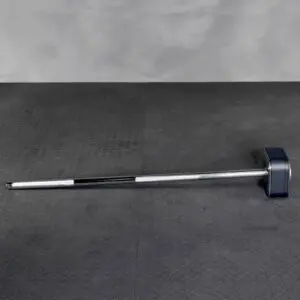
The QUICK LOCK DUMBBELL SYSTEM
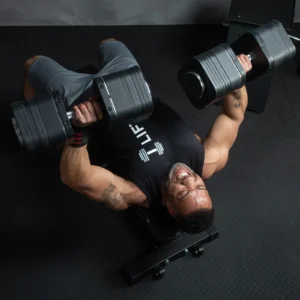
Too Tough to Replace: The Durability Dilemma of Ironmaster Dumbbells

How Heavy Dumbbells do I need?
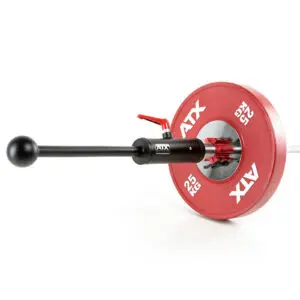
What Happened to the ATX-CAL Club Barbell Attachment?


